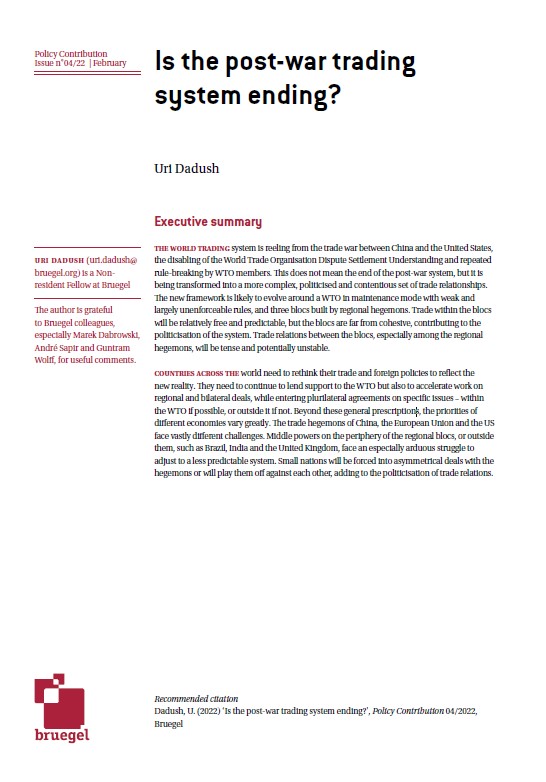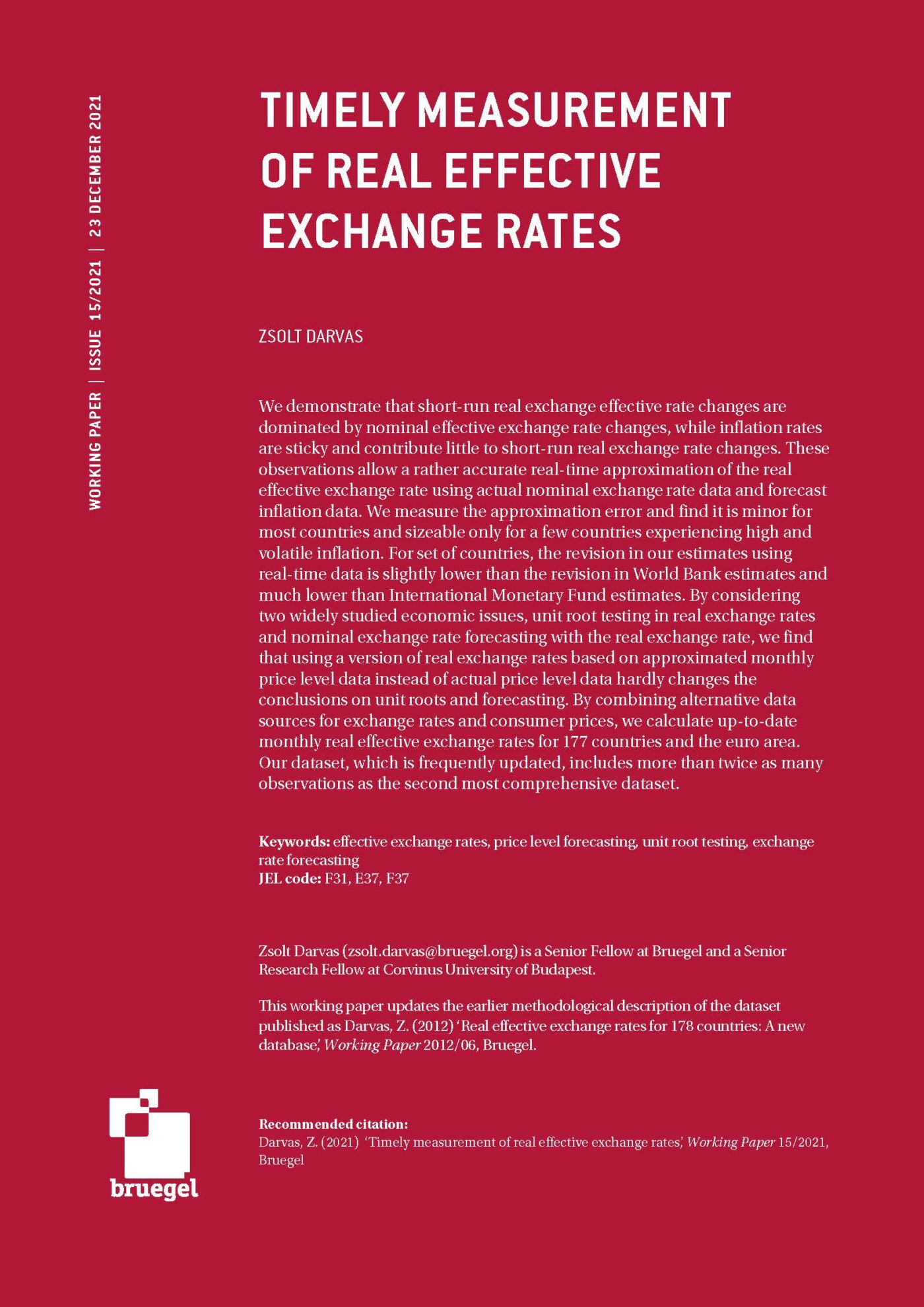Blog Post
India must push forward with RCEP trade deal
Negotiations on a trade agreement between the Association of Southeast Asian Nations (ASEAN) and their free trade partners could have major implications for the world economy.
India could benefit from concluding the Regional Comprehensive Economic Partnership (RCEP), a trade deal that would group 16 nations and account for 40% of world trade, but is procrastinating due to political difficulties.
The RCEP initiative would link the ten member states of the Association of Southeast Asian Nations (ASEAN) and the group’s free-trade agreement partners, Australia, China, India, Japan, South Korea and New Zealand. In total, the grouping of 16 countries includes more than 3 billion people and has a combined GDP of about $17 trillion. RCEP is the largest free-trade agreement (FTA) negotiation in Asia, and also the biggest FTA negotiation that India has ever participated in.
If it is negotiated successfully, RCEP would create the world’s largest trading bloc, with major implications for Asian countries and the world economy. Negotiations among the 16 parties began in early 2013 and are scheduled to conclude by the end of 2016. So far 12 rounds of negotiations have been completed, with the 13th round scheduled to take place during June 12-18, 2016 in Auckland, New Zealand.
The RCEP is expected to act as a counter-balance to the US-led Trans Pacific Partnership (TPP), which was announced on the 5th of October of 2015 (though it is yet to be ratified by the parliaments of the respective member countries). However, four members of the ASEAN, namely Brunei, Singapore, Vietnam and Malaysia, are members of both trade deals.
ASEAN is expected to benefit from both the TPP and the RCEP, but there could be differences between its members’ abilities to adapt to the higher standards of the TPP compared to RCEP.
The RCEP seeks to achieve a modern and comprehensive trade agreement among members. The core of the negotiating agenda covers trade in goods and services, investment, economic and technical cooperation and dispute settlement. The partnership would support the spread of global production networks, and reduce the inefficiencies of the multiple Asian trade agreements that currently exist.
India is a major player in the RCEP negotiations, and is under pressure to reduce its tariffs sharply. In fact, industry leaders in India see a steep tariff reduction for goods from China as the biggest threat, fearing a rush of cheap goods from across the border.
In addition, countries such as Singapore, which has near zero tariffs on most goods, and Malaysia, where 90 percent of trade is carries a negligible customs duty, are pressuring India to lower barriers. According to an internal estimate from the Indian ministry of commerce, the signing of the 16 country RCEP trade agreement will result in a revenue loss of as much as 1.6% of GDP. This has forced the negotiators to tread carefully.
According to recent reports, the serious adverse effects of joining the agreement have made India more aggressive in the ongoing negotiations. It is said that India is seeking greater market access in services to be able to justify the closing of the deal at home. However, the industry chambers in India remain sceptical and view the deal as equivalent to signing a free trade agreement with China.
India has faced this problem since it started negotiating regional trade agreements, and RCEP is no exception. Like in all such agreements, one of the objectives of RCEP is to eliminate nearly 95 percent of tariffs. This might be easy for most ASEAN member states, whose tariffs are less than 5 percent. But for a country like India with average tariffs at around 15 per cent, drastically reducing them to zero or 2-3 per cent is difficult. This would also entail giving up much greater market access than what it would get in return.
Given the importance of the deal, India has offered several concessions to its member countries in the RCEP – especially since TPP has already been signed, and is likely to hurt Indian exports. For instance, with those countries with which India has already signed FTAs such as ASEAN, India has proposed to eliminate tariffs on 80 percent of items.
Similarly, India has offered to open up 65 per cent of its product space to Japan and South Korea. For Australia, New Zealand and China, Delhi has offered to eliminate duties on only 42.5 per cent of products. As India does not have any kind of free-trade agreement with these three countries, its offer is less. But the expectations from India are high and the members are demanding much more. This means that going ahead with RCEP and other pending free-trade agreements is a politically difficult prospect for India.
India’s interests lie mostly in services, the removal of technical barriers to trade such as those taken under sanitary and phyto-sanitary measures, and trade in goods such as pharmaceuticals and textiles. India has been negotiating hard to liberalise the free movement of professionals aspect of the services agreement (mode 4), in order to offset the revenue loss from goods liberalisation.
India thinks its best bet is in exporting services, through which it can supply its burgeoning skilled professionals to other countries, thus partially meeting the demand for jobs from a million people joining the labour market every month. But at the same time there are serious limitations to this. Many complain that India’s service trade with ASEAN is insignificant, and moreover India faces stiff competition on services from countries like the Philippines.
It is high time India decides whether it wants to go ahead with RCEP and conclude it. Procrastinating and delaying the process – for which India has earned the ire of many member countries – is not good for India. India needs to have a clear vision and strategy with respect to its free-trade agreements and move forward quickly. This would benefit India’s external sector, as India’s exports have been falling for more than a year now. The export slump is a matter of serious concern to the Indian economy.
It is time for serious action. The government needs to be tough, and realise that RCEP’s future as a major trade bloc will remain uncertain until there is enough political will to go through the arduous negotiation rounds and conclude them quickly. Most importantly, India needs to hold more moderate and flexible positions. It must reverse its image as a tough negotiator obstructing talks, and show that it is serious about making progress.
The RCEP will also lay the foundation for India and other members of ASEAN to join TPP, because of the overlapping membership between the TPP and RCEP. The RCEP will no doubt face stiff opposition from various interest groups within the participating countries. But now that India has decided to join, it must balance economic and strategic calculations, and prepare to lead in the “Indo-Pacific century”.
Republishing and referencing
Bruegel considers itself a public good and takes no institutional standpoint. Anyone is free to republish and/or quote this post without prior consent. Please provide a full reference, clearly stating Bruegel and the relevant author as the source, and include a prominent hyperlink to the original post.










